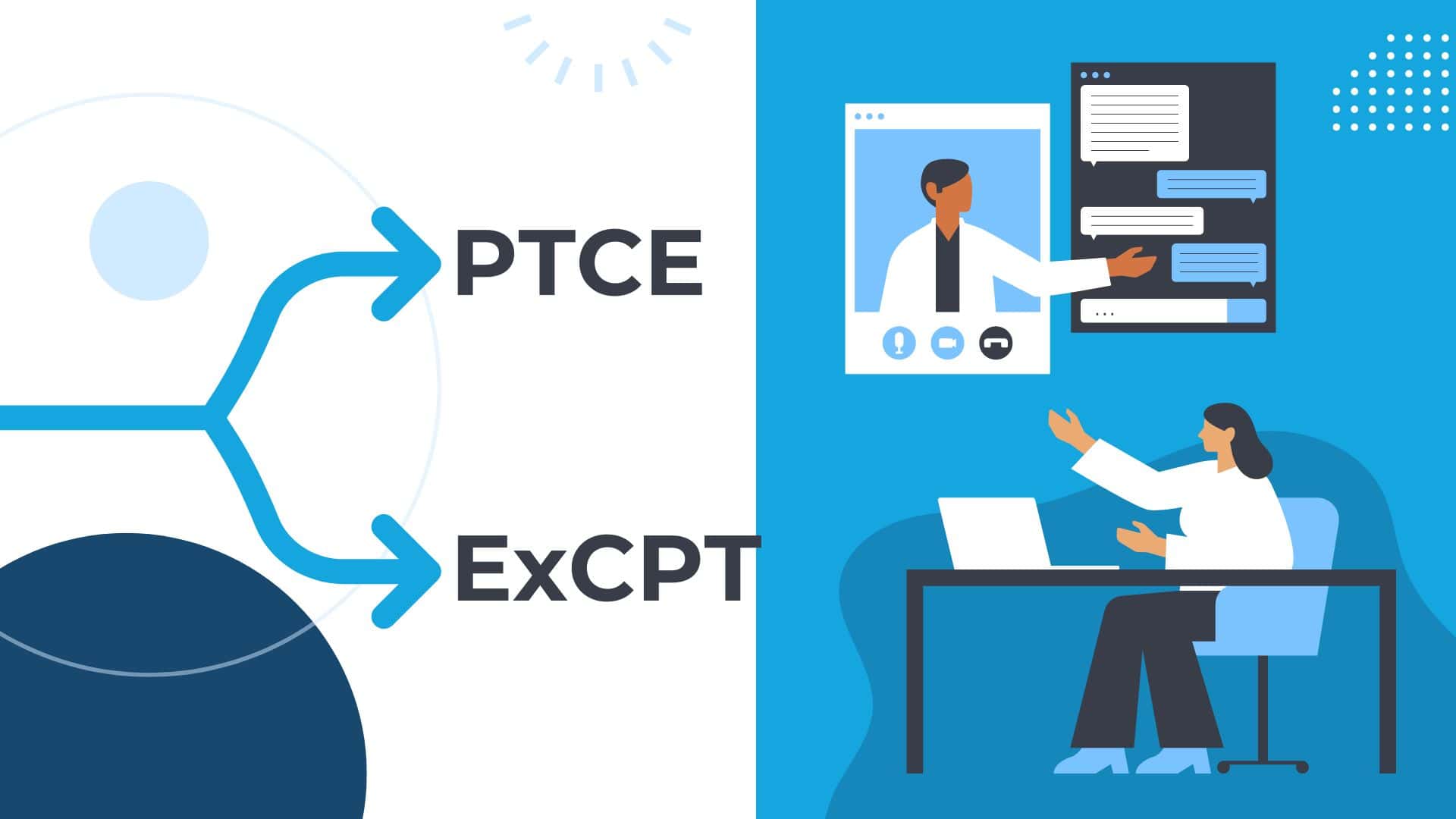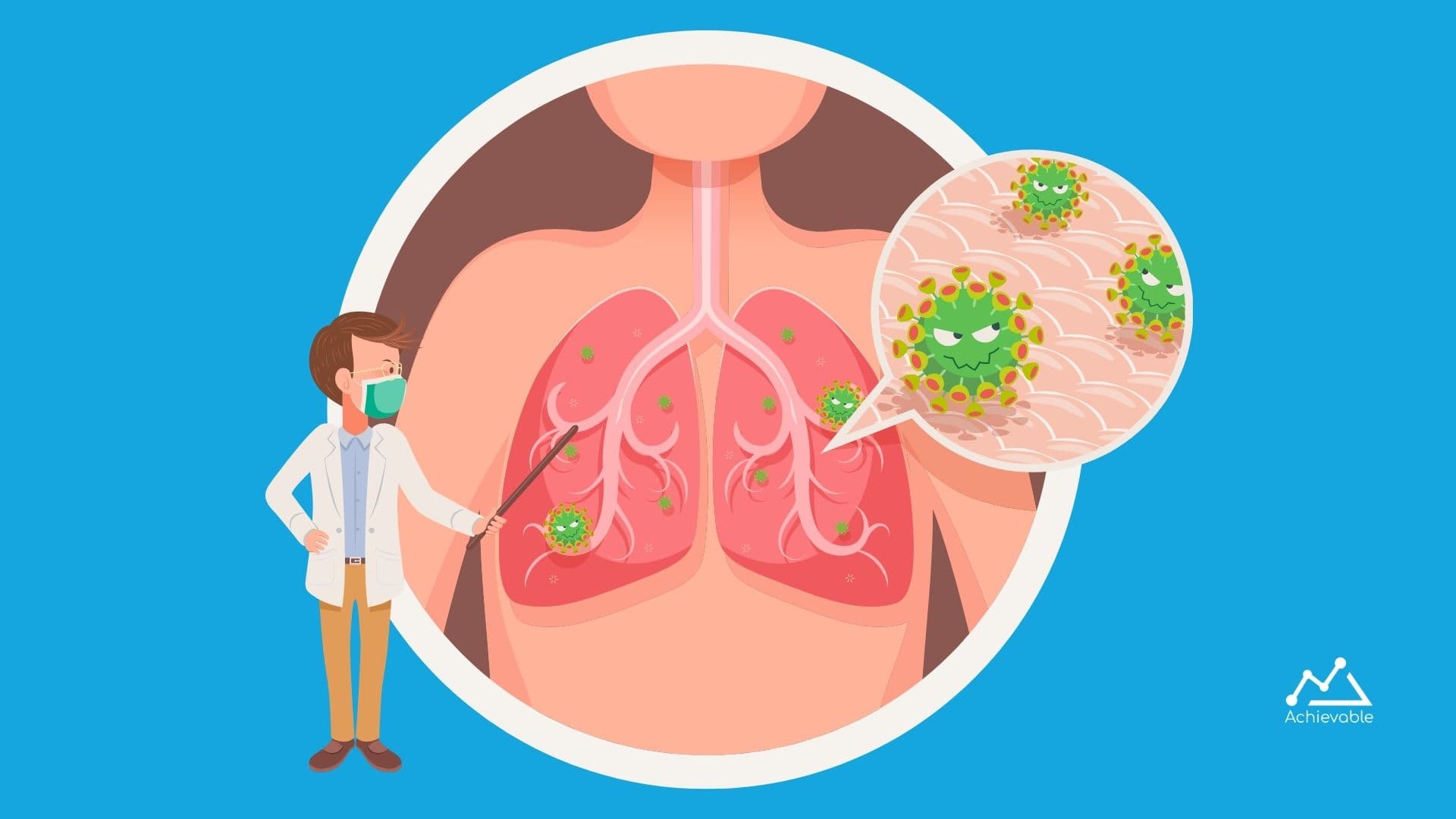
A high yield USMLE Step 1 topic is muscle weaknesses. In this video, Sujata helps you differentiate the different causes of muscle weaknesses. They can be due to strokes, spinal cord lesions, or nerve, muscle, neuromuscular junction and nerve disorders.
If you’re looking for a comprehensive course to pass your USMLE Step 1 exam the first time, try Achievable’s USMLE Step 1 course. Our course is information rich, concise, and uses spaced repetition-backed practice questions to improve your memory retention.
0.4s Hello everyone. I am so glad the founder of Gracie was Amelie and even some of the alternate that available in this video, I would help you differentiate the different causes of muscle weaknesses. 12.6s Muscle weaknesses can be due to stroke spinal cord. Lesion nerve, muscle, or neuromuscular disorders. Let's elaborate on a few important disorders list. 24.8s Muscle weakness is due to peripheral neuropathies. Will show a lower motor neuron paralisis with placidity and hyporeflexia they may be associated with limb pain. 39.2s Weakness and sensory loss may involve a dermatome a pattern in early stages. Sensory loss burning and pain may involve the distal extremities in a glove and stocking pattern. 52.2s In disorders, affecting the neuromuscular Junction. There will be ptosis diplopia dysphagia and bilateral weakness examples, include lambert-eaton syndrome, myasthenia gravis, and botulism classically. No sensory loss is present. 70.6s Lambert-eaton syndrome is associated with small cell or oat cell. Carcinoma of the lung disorder presents with antibodies against the voltage-gated calcium channels in the presynaptic. Membrane of the neuromuscular, Junction, it presents with bilateral weakness, which spread craniocaudal e, and the muscle strength improves with repetitive stimulation. 96.2s Myasthenia gravis present similarly like lambert-eaton syndrome. The only difference is that the muscle strength reduces in myasthenia gravis with repetitive stimulation. It is often associated with and anti acid in Killeen receptor antibodies are seen which Target the as tackling receptor in the postsynaptic membrane of the neuromuscular Junction. 120.8s Botulism is caused by a neurotoxin call Bertha, Lynn them toxin that is secreted by clostridium. Botulinum it prevents the release of acetylcholine at the neuromuscular Junction, resulting, in a flaccid symmetric and descending paralyzes, which first affects the cranial nerves. 140.9s Muscle weakness caused by myopathies, maybe proximal or distal and there is no sensory loss. 149.7s Dermatomyositis presents with proximal muscle, weakness. It is diagnosed by God when confused, which is a violation trash present, on the knuckles and upper extremities and by heliotrope rash which is nothing. But a violaceous rash around the eyelids with periorbital edema, they may be dysphagia interstitial lung disease and calcinosis muscle enzymes like lactate. Dehydrogenase Toronto, my niece has a delicious and creatine kinase levels will be elevated. Biopsy findings include muscle, atrophy, and inflammatory infiltrate. 186.1s Inclusion body, myositis presents initially as a distal, myositis orbital weakness which describes proximally, it is characterized by a very specific eosinophilic inclusion bodies in the muscle cells with the rag muscle fibers. 204.0s Certain drugs can be associated with muscle weakness, or paralysis cause distal muscle, weakness, statins, and glucocorticoids are associated with. Proximal, muscle weakness. 217.7s Last but not least is Guillain-Barre syndrome. Syndrome is an inflammatory. Demyelinating disorder of the peripheral nerves, which follows a recent infection with campylobacter jejuni. Epstein-Barr, virus cytomegalovirus, all recent vaccination. 236.8s It presents with symmetric, bilateral and ascending paralysis will show slowed or delayed conduction velocity. 247.8s Miller Fisher Syndrome is a variant of Guillain-Barre syndrome is caused you to antibodies to gq1b which is a gambler side present in the peripheral nerves. It presents with diplopia Ataxia and loss of deep tendon, reflexes, 264.6s Question, stems on USMLE Step 1. Often have close to diagnose muscle weakness, let's talk about them. So if you see a sending because in the questions, Tim the differentials in Guillain-Barre syndrome, poliomyelitis transverse, myelitis and rabies. If you see descending weakness on the question, it can be due to this area. 291.5s Asymmetric weakness can be due to a space occupying lesion in the brain or spinal cord. It may be due to stroke mononeuropathy. Is it can be due to entrapment neuropathies. 304.7s proximal and symmetric muscle weakness, may be due to myasthenia gravis lambert-eaton syndrome, muscular dystrophy is metabolic and electrolyte, disturbances hormone imbalances like hypo or hyperthyroidism, sufficiency and hypercortisolism 322.9s distal and symmetric muscle weakness, may be due to Guillain-Barre syndrome diabetic, polyneuropathy, vitamin deficiency and early stages of ALS, 335.1s Muscle weakness in the presence of muscle tenderness is characteristically seen in traditional Otis, which is caused by the parasite, which enables by Dallas and drug-induced. Myositis if muscle weakness is associated with roses, then the differential diagnosis includes myasthenia, gravis and botulism. 357.1s Proximal muscle, weakness can be clinically assessed by testing the quadriceps deltoid, axial muscles, and buy testing neck, extension and neck flexion. 369.6s Distal muscle, weakness, can be tested by hand grip. And plantar flexion, wrist drop, or foot drop, may be present

This video explains the changes seen in cardiac cycle tracings in valvular heart diseases. You can learn key features to help you differentiate normal from abnormal tracings in specific valvular disorders.

Becoming a pharmacy technician is an excellent choice for those interested in an accessible, lucrative career path within the healthcare field. Acquiring a pharmacy technician certification will allow you to outshine competitors and enhance your chances of obtaining your ideal position within the pharmaceutical industry. In order to earn a Certified Pharmacy Technician (CPhT) credential, …

In this video Sujata explains the pathophysiology, diagnosis and management of pneumothorax. It is a high yield concept for all steps of the USMLE. Pneumothorax is of four different types and management is guided by the type and severity.